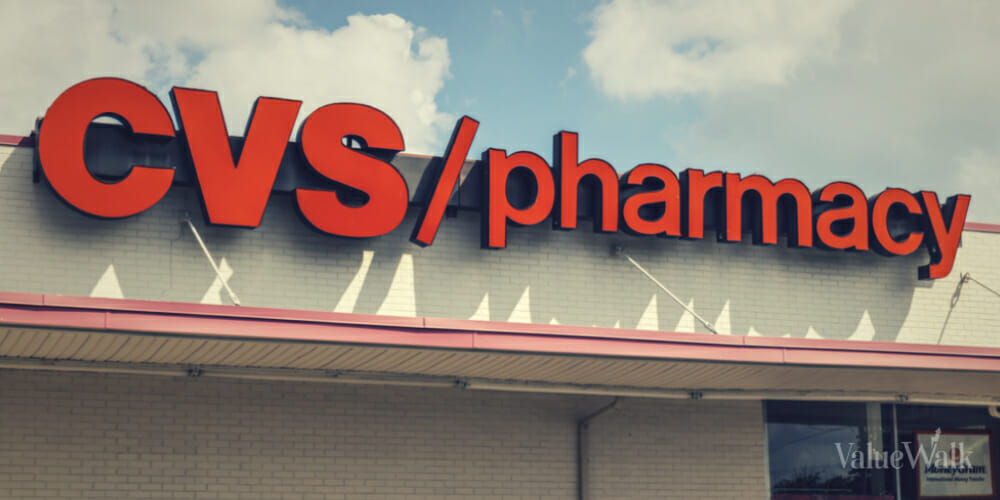Pharmacy stocks haven’t been winners in 2023. Nonetheless, it might be time to write yourself a prescription for CVS Health (NYSE:CVS) stock, especially if you’re a value seeker and/or a passive income investor.
In addition to mapping out a course for long-term growth, CVS is taking action to potentially reform the U.S. pharmaceutical industry. It’s risky, no doubt, but the status quo isn’t a viable option, as CVS takes the lead in making medications more accessible to American consumers.
A simpler, more transparent model
In what might be considered a transformative event in the U.S. health-care market, CVS just announced three new programs: CostVantage, Caremark TrueCost and Healthspire. The overarching objective is to streamline the health care delivery process and make it more transparent.
First, CostVantage is intended to define drug costs and related reimbursements through a “transparent formula.” This formula will factor in the “cost of the drug” itself along with a “set markup” and a “fee that reflects the care and value of pharmacy services.”
Next, Caremark TrueCost involves a simplified medication pricing model that reflects the “true net cost of prescription drugs, with visibility into administrative fees.” If all goes according to plan, Caremark TrueCost clients will be able to “choose a pharmacy benefit model that works best for” their specific needs and plan. Unfortunately, CVS won’t launch this program until 2025.
Additionally, Healthspire integrates CVS’s Caremark, Cordavis, Oak Street Health, Signify Health and MinuteClinic services into a unified program.
As Oak Street Health CEO Mike Pykosz explained, “Delivering care in a more integrated way — especially for complex patients with chronic health conditions — improves health outcomes and the patient experience.”
Hopefully Healthspire can help CVS achieve this ambitious goal.
It remains to be seen whether CVS will actually enable drug cost savings for customers with these programs. A report from The Wall Street Journal seems to suggest that some medications might cost less while others may end up costing more.
Naturally, CVS Health President and CEO Karen S. Lynch spun this plan as the greatest thing since sliced bread.
“We are successfully executing on our strategy to advance the future of health care while unlocking new value for consumers,” Lynch declared.
For investors, the billion-dollar question will be whether CVS can thread the needle of facilitating cost savings for customer while also keeping its margins high. That’s easier said than done, especially amid America’s less-than-ideal health-care system. Stay tuned for further updates on this critically important story.
Sales guidance for 2024: The prognosis looks good
CVS’s press release was a bona fide bombshell as it included much more than the CostVantage, Caremark TrueCost and Healthspire announcements. It also provided the pharmacy chain’s guidance for the current and the coming year.
The release wasn’t a quarterly earnings report. CVS’s most recently released quarterly report came out in early November, and it posted a third-quarter earnings beat to cap off a terrific track record of quarterly beats.
Rather than a quarterly report, CVS’s still-fresh press release included full-year sales outlooks. For 2023, CVS reiterated its guidance of $351.5 billion to $357.3 billion in total revenue — so far, so good.
Then CVS served up something new: full-year financial projections for 2024. The company expects to generate “[a]t least” $366 billion in revenue, thereby implying moderate growth over 2023’s guidance range.
Turning to the bottom-line projections, CVS anticipates 2023 GAAP-measured diluted earnings per share (EPS) of $6.37 to $6.61, followed by “[a]t least” $7.26 in EPS for 2024. Again, there’s growth in the cards if CVS turns out to be correct in its predictions.
Granted, there’s no guarantee that these forecasts will actually come to pass. Nevertheless, it’s encouraging to observe the evident confidence in CVS management’s forward guidance.
Come for the dividends, stay for the growth and innovation
Despite all of the foregoing reasons to consider owning CVS stock, some investors will only invest in the company because of its generous dividends. In the same press release cited earlier, CVS disclosed a roughly 10% quarterly dividend increase to 66.5 cents per share.
There’s nothing inherently wrong with choosing to buy and hold CVS stock for the dividends. However, informed investors should also consider whether the company is growing and pushing the envelope within its industry.
CVS’s sales guidance and new programs suggest it is indeed hitting all the right notes. Therefore, while it’s fine to grab a few CVS shares for the healthy yield, remember to conduct your due diligence on the company vis-a-vis the health-care/pharmacy industry as a whole. Most likely, when all is said and done, you’ll find that CVS has a clean bill of health.
Disclaimer: All investments involve risk. In no way should this article be taken as investment advice or constitute responsibility for investment gains or losses. The information in this report should not be relied upon for investment decisions. All investors must conduct their own due diligence and consult their own investment advisors in making trading decisions.












